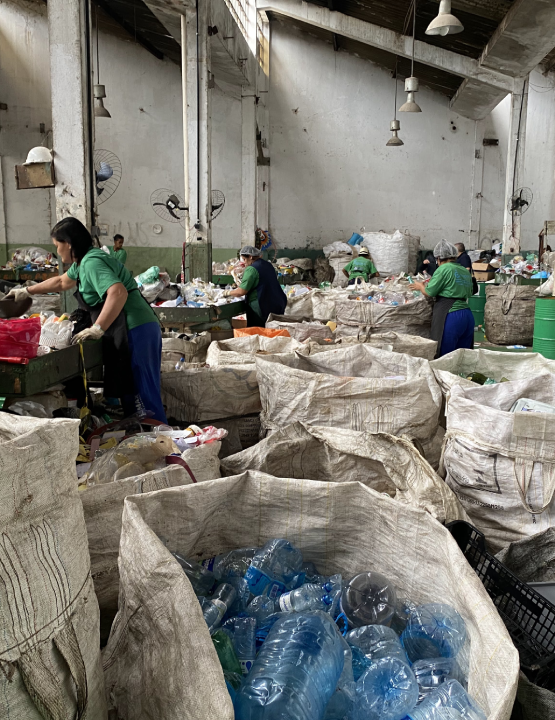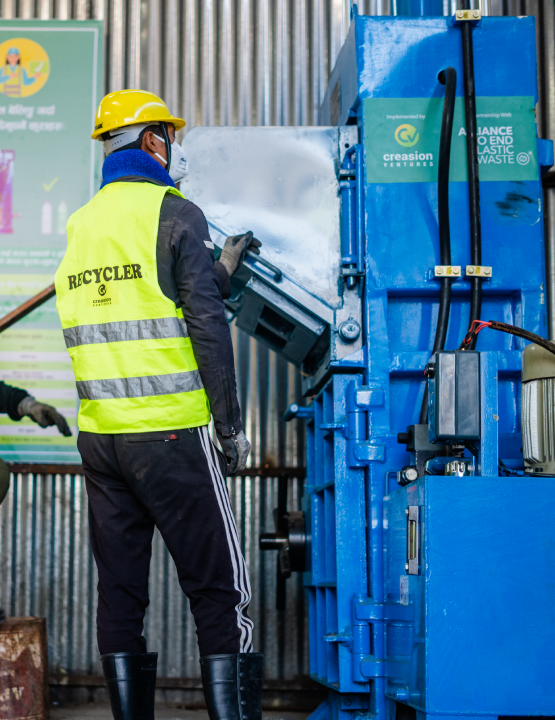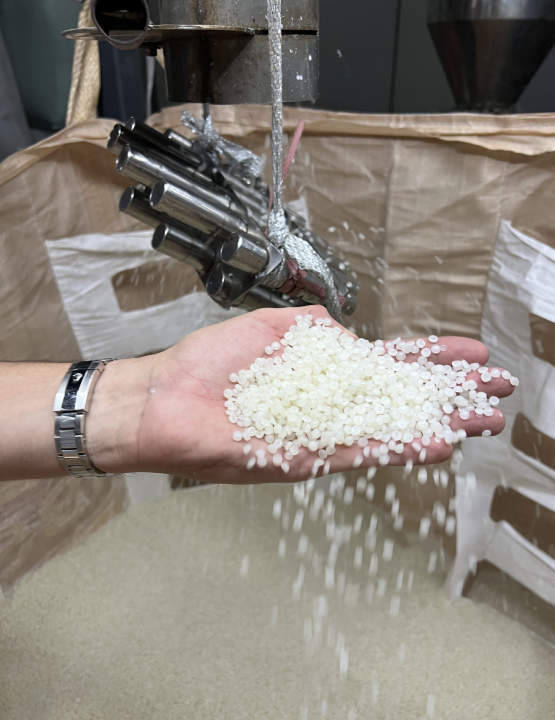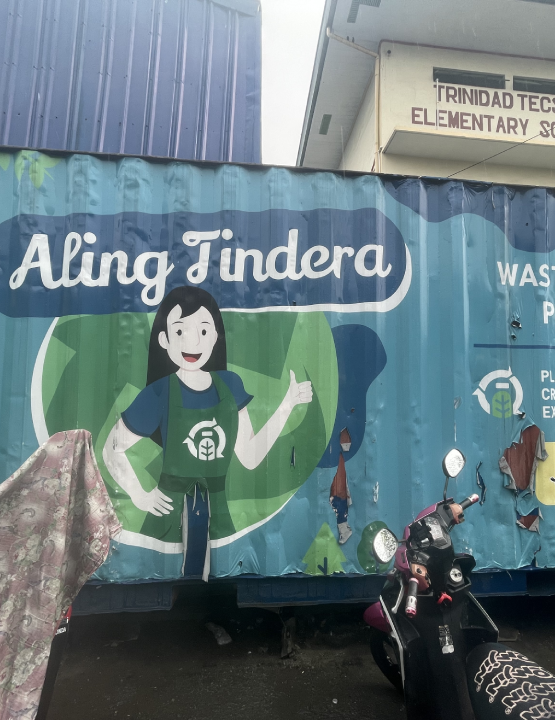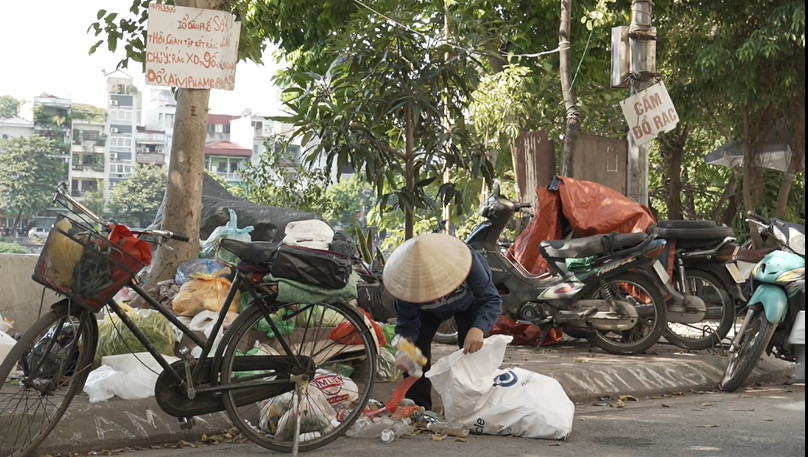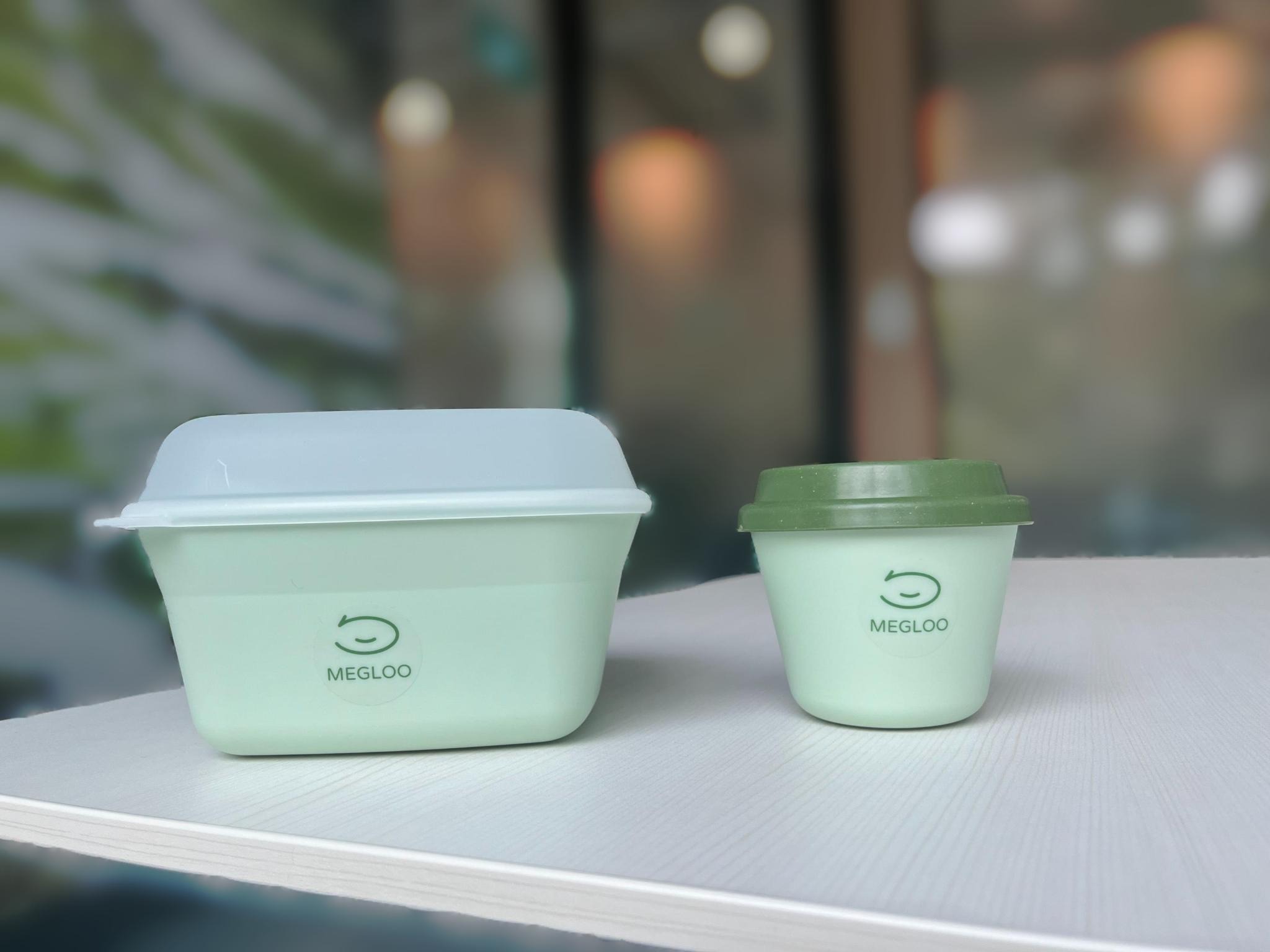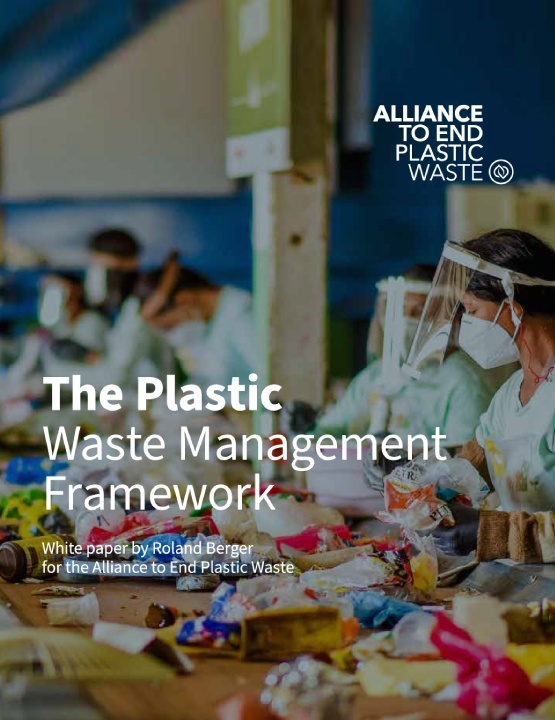From beach cleanups to local waste collections, communities are taking collective action to tackle refuse and plastic waste in their areas. Here’s how 6 litter-picking groups are helping to build a global cleanup movement.
The cleanup movement is sweeping all corners of the world
Overview
1. Fishing for trash
In the past 2 years, volunteers have collected more than 40 tons of waste from the River Nile in Egypt as part of the VeryNile cleanup initiative. Plastic pollution in the river has diminished fish stocks and impacted the livelihoods of local fishermen, who increasingly catch plastic bottles in their nets rather than fish.
At the height of the COVID-19 pandemic, however, the group had to stop its cleaning events. The solution? Ask the river’s fishermen to take over. More than 30 fishermen now participate in the Reviving Cairo Fishermen project, collecting recyclable plastic bottles from the Cairo and Giza areas of the river. They receive 11 Egyptian pounds (US$0.70) for every kilogram picked—a higher rate than elsewhere in the country to offset the fish lost to river pollution. The recyclables are sold to recycling facilities and used to create new products.
The fishermen have reportedly removed 13 tons of plastic bottles from the river in less than a year and 55 tons of recyclables since the project began, averaging 100kg a day.
2. Cleanups go viral
People from more than 30 countries have participated in #trashchallenge—a litter-collecting challenge that started on social media and caught the attention of the European Parliament. In an initial 10-day campaign, litter pickers removed more than 800,000 pieces of waste from public spaces around the world.
TikToks from Elizabeth Sherr, an ocean-loving student in Barcelona, Spain, helped spark the global community into action. Sherr began posting videos on TikTok of her daily litter picking efforts in Barcelona, encouraging her followers to collect 3 items a day themselves.
@lizlivingblue Crazy #trash day...each follow is another piece removed from nature!🙏💚 #beachcleanup #saynotoplastic #cigarettebutts #barcelona
♬ She Share Story (for Vlog) - 山口夕依
Her TikTok of clearing litter, in particular plastic and cigarette butts, from a Barcelona beach has attracted more than 1.3 million views and builds on years of social media users’ global efforts to organise local cleanups, such as the #trashtag movement.
3. Peak cleanup
Litter gets everywhere, even on the slopes and peaks of the world’s highest mountains. Starting in the Himalayas—an area better known for records than refuse—the Big Mountain Cleanup aims to clear tons of rubbish, including abandoned climbing equipment, emptied food containers, and discarded camping gear. It estimates that each climber creates more than 18 pounds of waste. The campaign begins with Manaslu in 2021 before tackling Mount Everest in 2022 and K2 in 2023 and wants to “nurture a culture of cleanliness” amongst mountaineers.
4. From cycling to recycling
In Kampala, Uganda, more than 70 people are now involved in litter cleanups, plastic waste cleaning, and recycling. The initiative recycles a ton of plastic waste each day with some reused in construction materials, including roof tiles and fence poles.
The project began in Nsambya, a slum area in Kampala and has since expanded with collection centres in different suburbs of the capital, and beyond. Local citizens can sell waste collected to the centres and those employed by the recycling centres are improving their prospects and the local environment.
The idea began 5 years ago with professional cyclist Gerald Ndashimye, who began picking up plastic waste in his community and during rides. With money earned from cycling and painting, he bought some plastic waste recycling machines and set up the first small recycling plant.
5. A barrier to trash
In August and September 2020, grassroots initiative Sungai Watch and 512 volunteers collected 5.2 tons of refuse from 9 cleanups in Bali, Indonesia.
Sungai Watch began with weekly cleanups involving members of communities collecting plastic waste from the local environment, in particular riverbanks and beaches. The project has now deployed 50 simply constructed and affordable ‘trash barrier booms’, which catch refuse polluting the island’s waterways. The team can then collect the rubbish before separating the waste for tracking, recycling, and reuse.
A ton of rubbish is collected from the barriers daily and the project aims to install a further 50 trash barriers in Indonesia’s rivers in the coming months.
6. Adopt a beach
Think of Hawaii and beautiful beaches instantly come to mind. Community organisations across the islands have stepped up efforts during the pandemic to keep those coastal paradises clean. Sustainable Coastline Hawaii’s first beach cleanup drew the interest of 150 people in less than a day.
Since 2014, local non-profit 808 Cleanups, which is driven by community volunteer involvement, has organised more than 1,400 cleanups removing over 705,000 pounds of rubbish.
Local residents can also adopt a beach area, waterway, or trail through the initiative, which will provide households with all they need for regular cleanups of their adopted environment.

